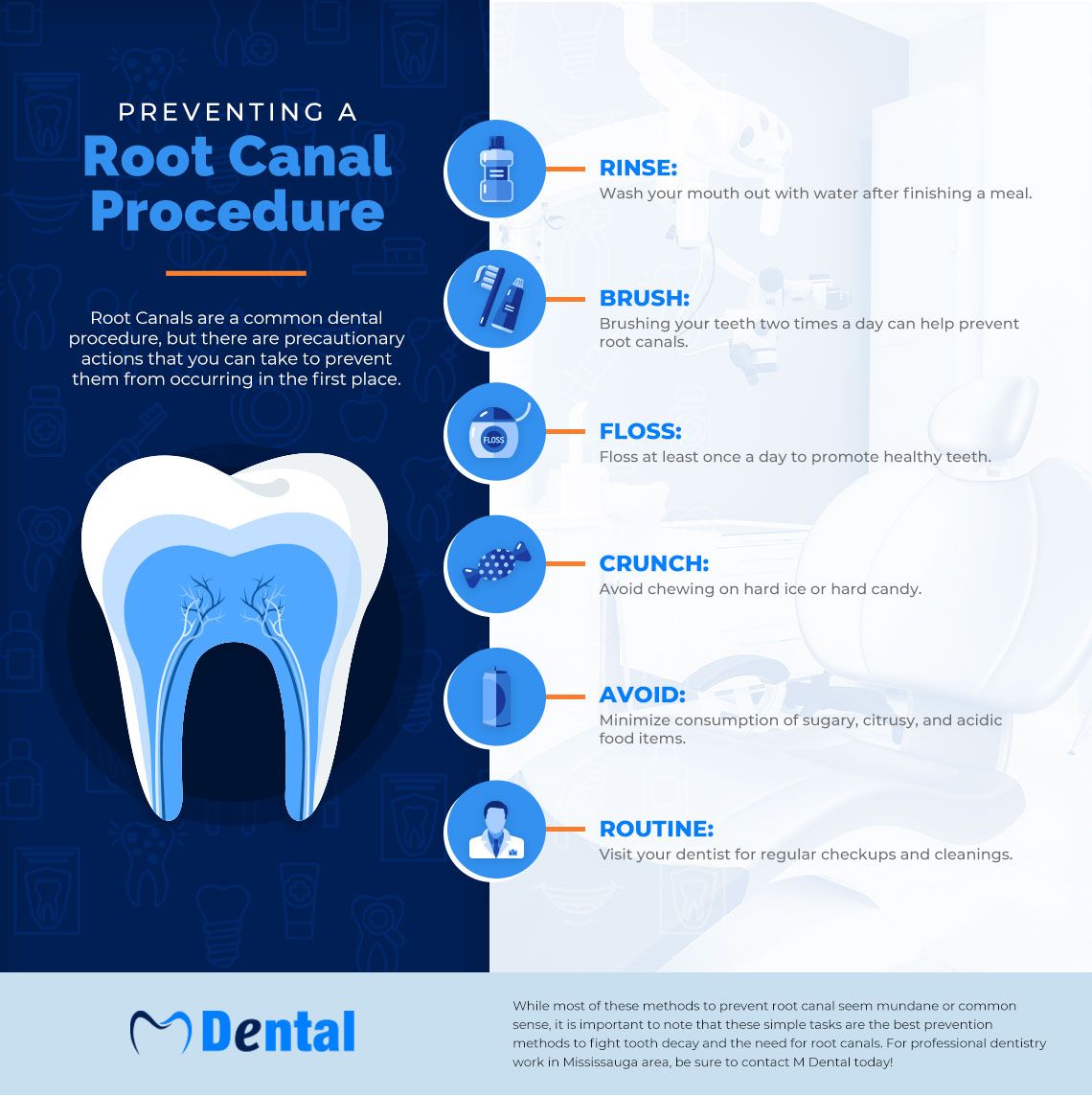Everyone going into the dentist fears the lecture about not flossing often enough, but there is one thing that everyone dreads hearing: you need a root canal. In this blog, we’ll go over everything you need to know about this dreaded dental procedure, including what increases the chances of needing a root canal, warning signs, what the process entails, if they are painful, and most importantly, how to prevent needing one in the first place.
At M Dental, our team of dentists and hygienists are dedicated to helping each patient get the best care possible and educating them on how to keep their teeth, gums, and mouth healthy in between cleanings. When necessary, we also offer a range of services for when plaque has built up on the teeth and has lead to serious conditions that need more thorough treatment. These include root canals, crowns and bridges, and tooth extractions. If you are in need of any dental work, give our Mississauga team a call to schedule an appointment.


